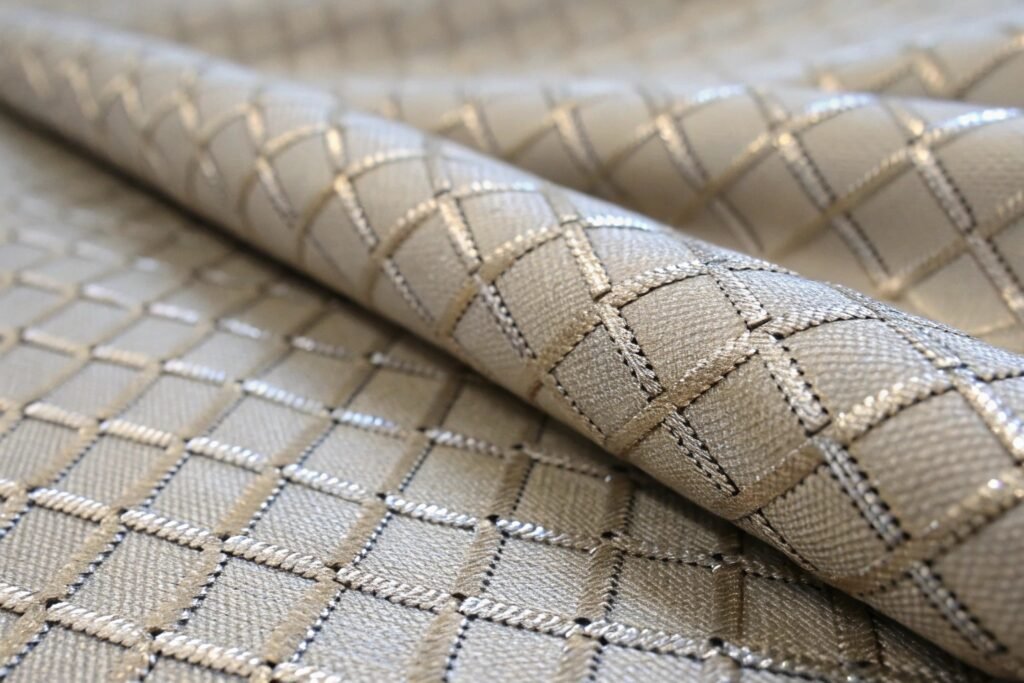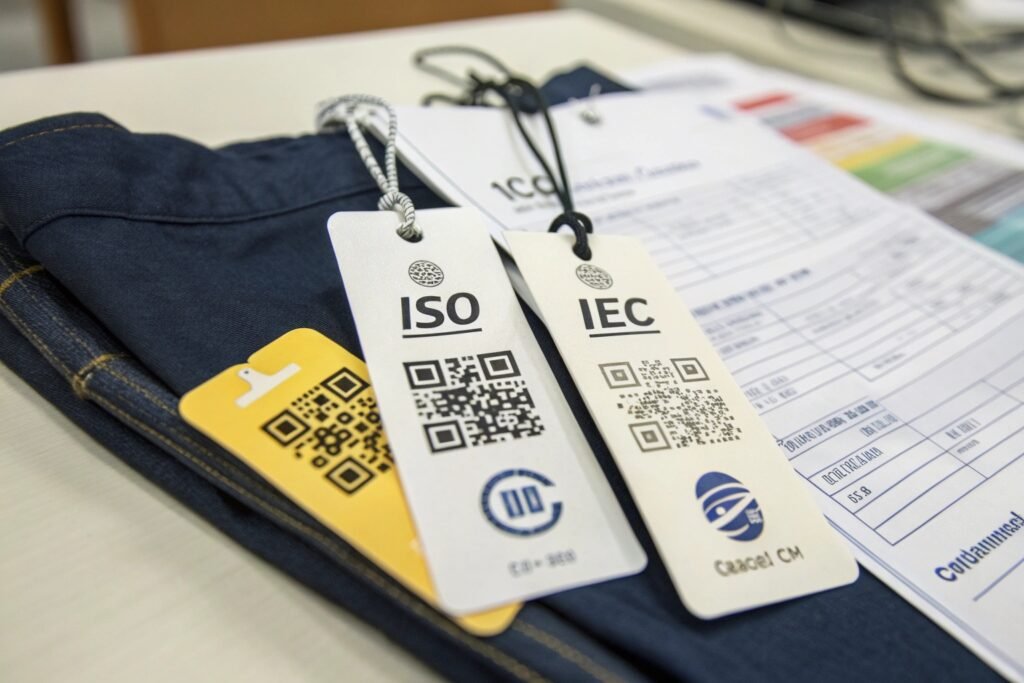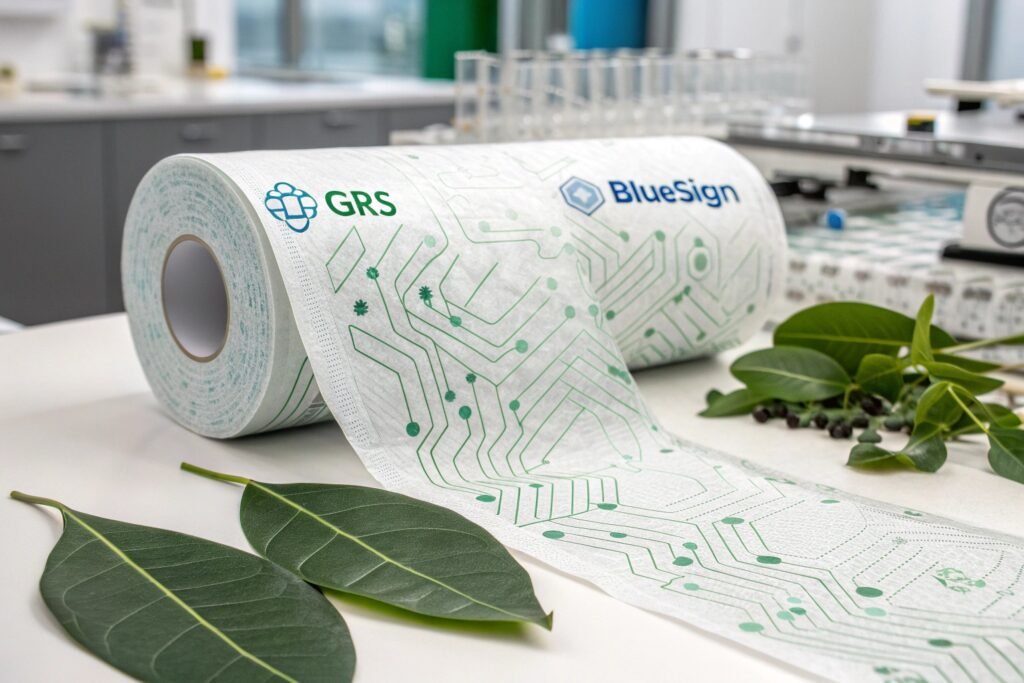In environments where electronic components are sensitive to electrostatic discharge (ESD), anti-static fabrics become more than just functional—they are critical. Every movement, from walking across a carpet to removing a fleece hoodie, can generate static charges that pose serious risks to precision equipment and semiconductors.
Anti-static fabrics are engineered to dissipate electrostatic charges, protecting both personnel and electronics in high-tech manufacturing environments.
In this comprehensive guide, we’ll explore how anti-static fabrics work, which materials perform best, and how to source them for maximum compliance and reliability.
Key Features of Anti-Static Fabric Technology
Anti-static fabrics are more than regular cloth with a surface coating. The best variants embed carbon, stainless steel, or conductive yarns directly into the weave.

What Makes a Fabric Truly Anti-Static?
Unlike standard textiles, anti-static fabrics neutralize or dissipate static charges. This is achieved by:
- Conductive yarns woven in grid patterns (typically every 5mm)
- Use of carbon-core or stainless-steel blended fibers
- Durable anti-static performance even after multiple washes
To see real-world specs, review this breakdown from Texlab Industries or the technical datasheets on Alibaba that highlight resistivity values and fiber composition.
How Is Anti-Static Performance Measured?
The effectiveness of anti-static fabrics is typically measured by surface resistivity:
- 10⁵–10⁸ ohms/square: ESD-safe
- 10⁹+ ohms/square: Not suitable for sensitive electronics
Testing standards include IEC 61340, ANSI/ESD STM 2.1, and ISO 6356. Full testing info can be found via SGS ESD fabric testing services and Intertek's ESD compliance solutions.
Best Fabric Types for ESD Workwear Apparel
From cleanroom coats to assembly-line uniforms, anti-static fabrics come in a range of blends. Each has trade-offs in comfort, durability, and performance.

Which Fiber Combinations Offer Best Static Protection?
-
Polyester with conductive carbon threads
- Lightweight, affordable, durable
- Ideal for lab coats and uniforms
-
Cotton-Poly with anti-static grid
- Breathable, slightly less durable
- Used in ESD shirts and base layers
-
Meta-aramid (Nomex) with carbon
- Flame-resistant and anti-static
- Used in aviation, military, and battery production
Explore trusted options at Worklon ESD Fabrics or check availability from Eurostat ESD Garments.
What Fabric GSM Is Ideal for ESD Applications?
The GSM (grams per square meter) often depends on worksite conditions:
- 120–150 GSM: Lightweight lab settings
- 160–180 GSM: General electronics assembly
- 200+ GSM: Heavy-duty or fire-risk areas
Product-specific GSM data can be found on Tex Tech Industries or Carrington Textiles' ESD catalog.
Compliance and Certifications to Look For
Sourcing anti-static fabrics without checking certifications is risky. Compliance documents provide assurance of safety and traceability in regulated sectors like aerospace, automotive, and semiconductors.

Which International Standards Apply to ESD Workwear?
Key certifications include:
- IEC 61340-5-1 – ESD Protection Guidelines
- ANSI/ESD S20.20 – US-based program for process control
- EN 1149-5 – For protective clothing in explosive environments
You can read more about these on Electrostatic Discharge Association and the European Committee for Standardization (CEN).
How to Verify a Supplier’s Certification Claims?
- Request lab test reports showing resistivity and washing durability
- Look for QR-coded product tracking systems
- Confirm factory audit history through TÜV SÜD, SGS, or Bureau Veritas
Check how Wuhan Brightway ESD Fabrics display documentation directly in their product listings.
Ethical and Sustainable ESD Fabric Sourcing
Sustainability is often overlooked in technical textiles. However, with electronics being one of the fastest-growing global sectors, eco-conscious sourcing is gaining traction.

Are There Recycled or Sustainable Anti-Static Fabrics?
Some advanced manufacturers now offer:
- Recycled polyester + conductive yarn
- Bamboo-carbon fiber blends (early-stage R&D)
- Fabrics with OEKO-TEX + GRS + ESD certifications
You can browse sustainable options at Schoeller Textiles or TenCate Protective Fabrics.
Which Countries Offer Ethical ESD Fabric Manufacturing?
China, South Korea, and Germany lead global production, but ethical sourcing depends more on facility compliance and certification than country of origin.
Fabrics from ISO 14001-certified mills with green production can be found through Foursource or Textile Exchange Marketplace.
Conclusion
Anti-static fabrics are essential in preventing electrostatic discharge damage, safeguarding both sensitive equipment and worker safety. Understanding fiber types, global certifications, and sourcing practices is crucial for electronics manufacturers, cleanroom operators, and uniform buyers.
When selecting anti-static fabrics, balance performance with comfort and sustainability. Look for embedded carbon fiber grids, validated resistivity scores, and globally accepted certifications like IEC 61340. For ethical sourcing, prioritize suppliers who embrace green production practices and traceability.
By staying informed and sourcing wisely, you reduce risk, increase durability, and ensure regulatory compliance across all electronic industry sectors.










